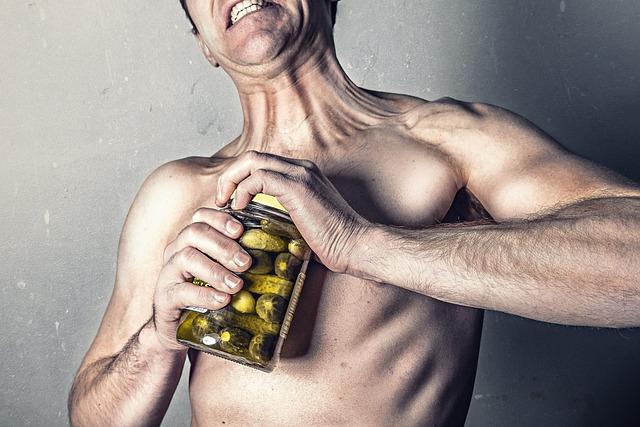
Pumping Iron: The Rise of the 80s Bodybuilding Era
In the world of bodybuilding, the 1980s was a decade that will always be remembered as a golden era. This was the time when bodybuilding exploded into the mainstream, becoming more popular than ever before. One of the key factors behind this rise was the release of the iconic documentary film “Pumping Iron.” This groundbreaking film, which was released in 1977 but gained significant popularity in the early 80s, provided audiences with an inside look at the world of professional bodybuilding and introduced them to some of the most iconic bodybuilders of that era.
Directed by George Butler and Robert Fiore, “Pumping Iron” follows the intense rivalry between two of the greatest bodybuilders of all time – Arnold Schwarzenegger and Lou Ferrigno. The film tracks their journey as they prepare for the 1975 Mr. Olympia competition, showcasing their dedication, determination, and passion for the sport. Through their struggles, victories, and setbacks, viewers get a glimpse into the life of a professional bodybuilder and the sacrifices required to excel in this demanding sport.
The success of “Pumping Iron” can be attributed to its compelling storytelling, engaging characters, and unprecedented access to the world of bodybuilding. Audiences were captivated by the sheer dedication and discipline displayed by Schwarzenegger and Ferrigno as they pushed their bodies to the limit in pursuit of greatness. The film also humanized these larger-than-life figures, showing the insecurities, fears, and doubts that they grappled with behind the scenes.
Another key factor that contributed to the rise of bodybuilding in the 80s was the emergence of a new generation of bodybuilders who were inspired by the success of Schwarzenegger and Ferrigno. These young athletes were drawn to the sport by the promise of fame, fortune, and the opportunity to sculpt their bodies into works of art. The burgeoning fitness industry also played a significant role in popularizing bodybuilding, with gyms and health clubs popping up across the country, offering people the chance to transform their bodies through weightlifting and exercise.
The 80s also saw the rise of iconic bodybuilding competitions such as the Mr. Olympia and the Arnold Classic, which showcased the best athletes in the sport and attracted massive audiences. These events became must-see spectacles, drawing in fans from around the world who were eager to witness the incredible feats of strength and athleticism on display. The media coverage of these competitions helped to elevate bodybuilding to new heights, with magazines, television programs, and movies all shining a spotlight on the sport and its stars.
One of the most enduring legacies of the 80s bodybuilding era is the impact it had on popular culture. The muscular, chiseled physiques of bodybuilders became synonymous with strength, power, and masculinity, influencing fashion, music, and entertainment. Icons such as Schwarzenegger, Ferrigno, and other bodybuilders like Franco Columbu, Frank Zane, and Lee Haney became household names, admired for their physical prowess and dedication to their craft.
The success of bodybuilding in the 80s also inspired a new generation of athletes to pursue careers in the sport. Young men and women around the world were inspired by the physique of Schwarzenegger and others, leading to a surge in interest in weightlifting, nutrition, and fitness. The era also saw the rise of female bodybuilding, with athletes like Rachel McLish and Cory Everson breaking barriers and paving the way for future generations of female bodybuilders.
Despite its popularity, bodybuilding also faced challenges in the 80s, including controversies surrounding performance-enhancing drugs and the negative stereotypes associated with the sport. Critics argued that bodybuilding promoted unhealthy habits and unrealistic body ideals, leading to concerns about the impact on mental health and self-esteem. However, many bodybuilders defended the sport, emphasizing the discipline, dedication, and hard work required to succeed at the highest levels.
As the 80s came to a close, the bodybuilding world continued to evolve, with new athletes pushing the boundaries of what was possible in terms of muscle mass, symmetry, and conditioning. The legacy of Pumping Iron and the rise of the 80s bodybuilding era continue to inspire athletes and fitness enthusiasts to this day, reminding us of the power of hard work, perseverance, and passion for achieving our goals.
In conclusion, Pumping Iron and the rise of the 80s bodybuilding era had a profound impact on the sport of bodybuilding and popular culture as a whole. The film introduced audiences to the world of professional bodybuilding, showcasing the dedication and determination of athletes like Arnold Schwarzenegger and Lou Ferrigno. The 80s saw a surge in interest in bodybuilding, with competitions, athletes, and media coverage elevating the sport to new heights. While facing challenges and controversies, bodybuilding in the 80s inspired a new generation of athletes and left a lasting legacy that continues to influence fitness and popular culture today.












